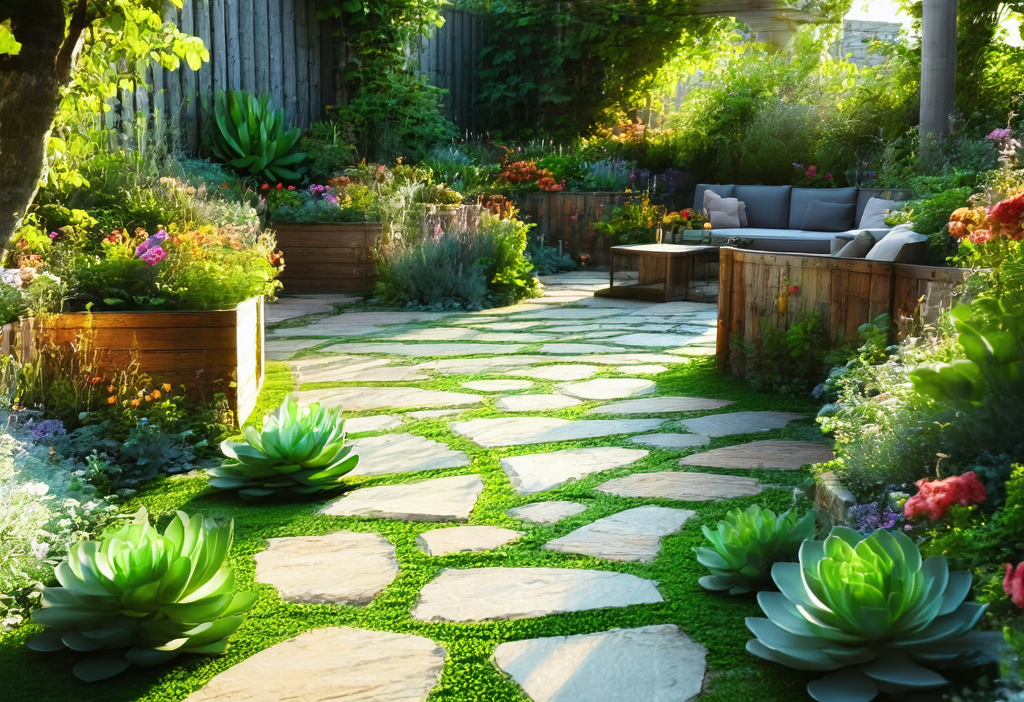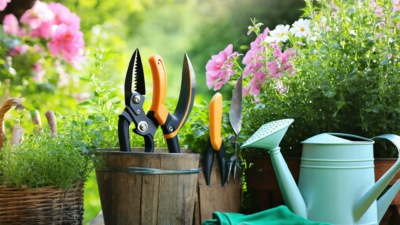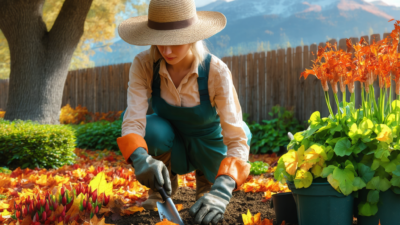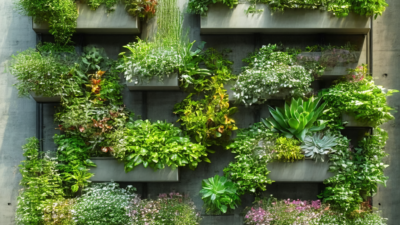Low-Maintenance Garden Design: Create Beauty with Ease
Gardening is a delightful way to connect with nature, but not everyone has the time or energy for constant upkeep. If you’re looking to create a stunning outdoor space without the hassle, low-maintenance garden design is the perfect solution. In this guide, we’ll explore how to achieve a beautiful, sustainable garden that thrives with minimal effort.
1. Choose the Right Plants
The foundation of any successful garden is selecting plants that suit your climate and require little care. Consider these options:
- Succulents and Cacti: These drought-tolerant plants thrive in sunny conditions and need infrequent watering.
- Native Plants: Plants that are indigenous to your area are naturally adapted to local conditions, making them low-maintenance choices.
- Perennials: These come back year after year, reducing the need for annual replanting.
- Ground Covers:代替草坪,这些植物可以减少修剪和维护的需求。
For example, lavender is a great choice as it’s fragrant, attracts pollinators, and requires little water once established. Visit Gardening Know How for more plant suggestions.
2. Simplify Your Design
A cluttered garden can quickly become high-maintenance. Opt for a clean, minimalist design that allows plants to shine without overwhelming the space. Consider:
- Using large containers or raised beds to contain plantings and prevent spreading.
- Incorporating mulch to retain moisture and suppress weeds.
- Add a focal point like a water feature or statue to draw the eye without adding complexity.
For inspiration, check out Architectural Digest‘s garden design ideas.
3. Automate Watering Systems
Water is essential for plant health, but manual watering can be time-consuming. Install a drip irrigation system or smart sprinklers that water plants at specific times and intervals. These systems conserve water while ensuring your garden stays hydrated without daily intervention.
4. Use Mulch
Mulching is one of the most effective ways to reduce maintenance. A thick layer of organic mulch retains soil moisture, suppresses weeds, and regulates soil temperature. It also gives your garden a polished look without requiring frequent replenishment.
5. Incorporate Hardscaping
Hardscaping elements like gravel paths, patios, and retaining walls can add structure to your garden while reducing the amount of lawn you need to mow. They also create opportunities for seating areas and relaxation spaces without requiring plant maintenance.
6. Companion Planting
Companion planting is a natural way to deter pests and promote healthy growth. For example, marigolds repel nematodes when planted near vegetables. Research companion planting combinations for your specific plants to create a balanced ecosystem.
7. Invest in Durable Materials
Select durable materials for garden furniture, planters, and structures to minimize replacement costs and effort over time. Weather-resistant wood or synthetic materials are excellent choices for outdoor use.
8. Regular Maintenance Routines
While the goal is low maintenance, some routine care is still necessary. Schedule regular tasks like pruning, weeding, and checking for pests. These small efforts can prevent larger issues down the line and keep your garden looking its best year-round.
9. Embrace Imperfection
A low-maintenance garden doesn’t mean it has to be perfect. Let go of the need for everything to look pristine. A few weeds or uneven growth can add character and charm to your space, making maintenance less stressful.
10. Seek Professional Help
If you’re unsure where to start, consider hiring a professional landscaper who specializes in low-maintenance designs. They can provide tailored advice and create a plan that suits your lifestyle and preferences.
Conclusion
Creating a low-maintenance garden allows you to enjoy the beauty of nature without the constant demands of upkeep. By choosing the right plants, simplifying your design, and implementing smart systems, you can create a space that’s both visually appealing and easy to manage. Happy gardening!





